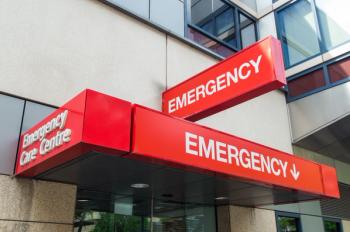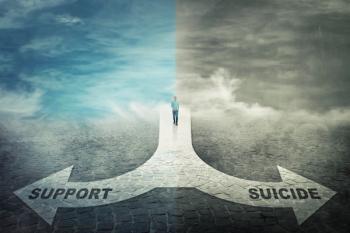
Best Practice Guidelines For Agitated Patients
Agitation can be displayed in patients as loud, disruptive, hostile, sarcastic, threatening, hyperactive, and/or combative. Here are tips on managing agitated patients.
Project BETA-an acronym for Best practices in Evaluation and Treatment of Agitation-incorporates humane, patient-centered interventions when dealing with agitated patients. The recommendations are endorsed as part of the new, comprehensive
TIPSHEET: AGITATION TREATMENT APPROACHES
Definition: Agitation is defined as "excessive verbal and/or motor behavior" that can be loud, disruptive, hostile, sarcastic, threatening, hyperactive, and/or combative
Keep these points in mind
• Guidelines for treatment include the entire agitation clinical spectrum, including triage, diagnosis, and interpersonal calming skills, as well as medicine choices.
•De-escalation can work far more often than many clinicians might be aware
• It is nearly always worth attempting verbal calming as part of an agitation treatment approach
• Patients should be encouraged to take oral medications voluntarily, as opposed to forcible involuntary injections. This will enhance the therapeutic alliance
• Second-generation antipsychotics are as efficacious as first-generation antipsychotics in agitation, and preferable because of side effect profiles
• Agitation from stimulant intoxication should be treated with benzodiazepines alone
• Myth: Emergency programs that reduce the use of restraints result in more staff assaults. These programs frequently have fewer staff assaults and injuries
Note: Adapted from a Psychiatric Times article by Scott Zeller, MD, titled "
Newsletter
Receive trusted psychiatric news, expert analysis, and clinical insights — subscribe today to support your practice and your patients.















